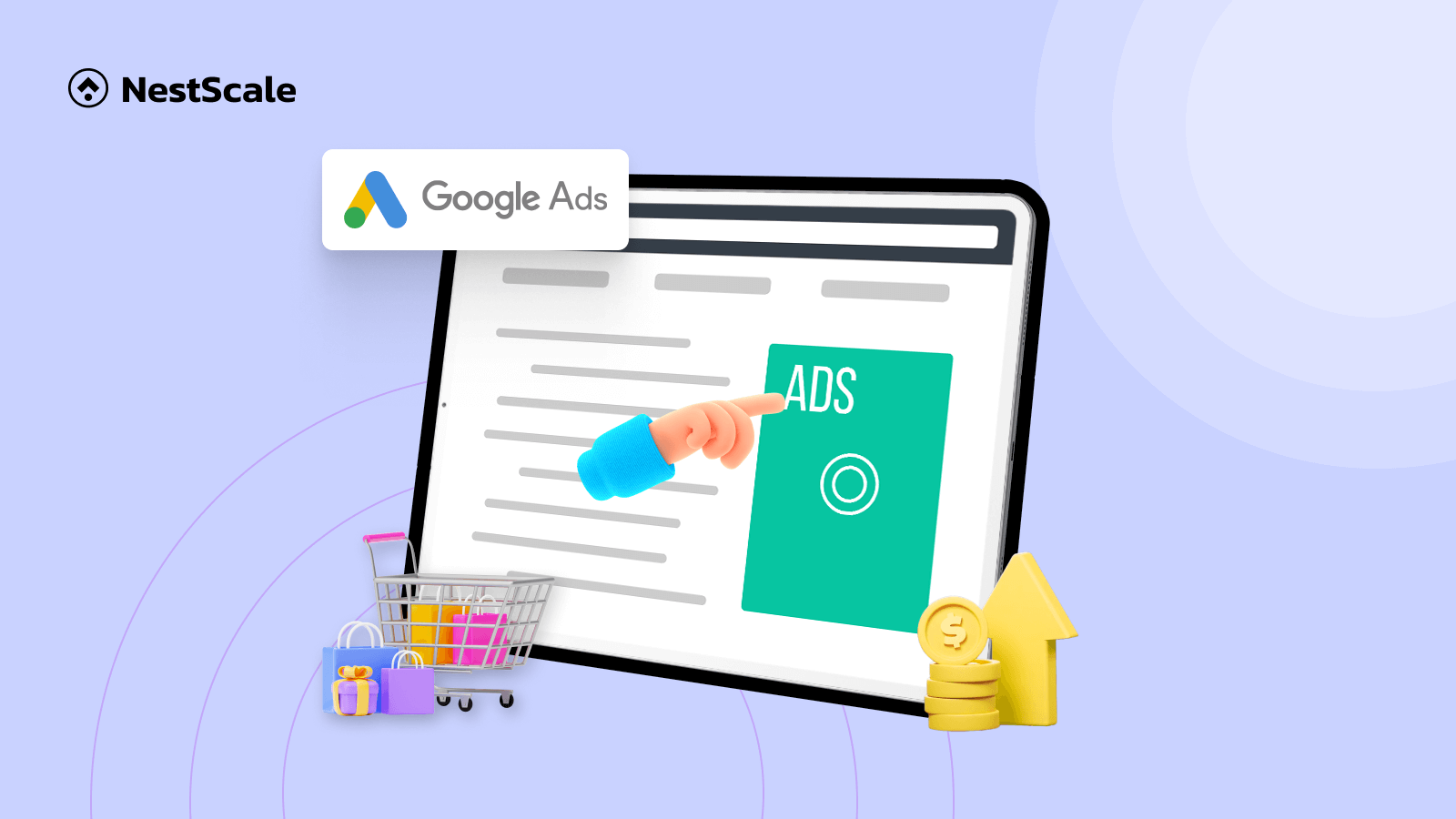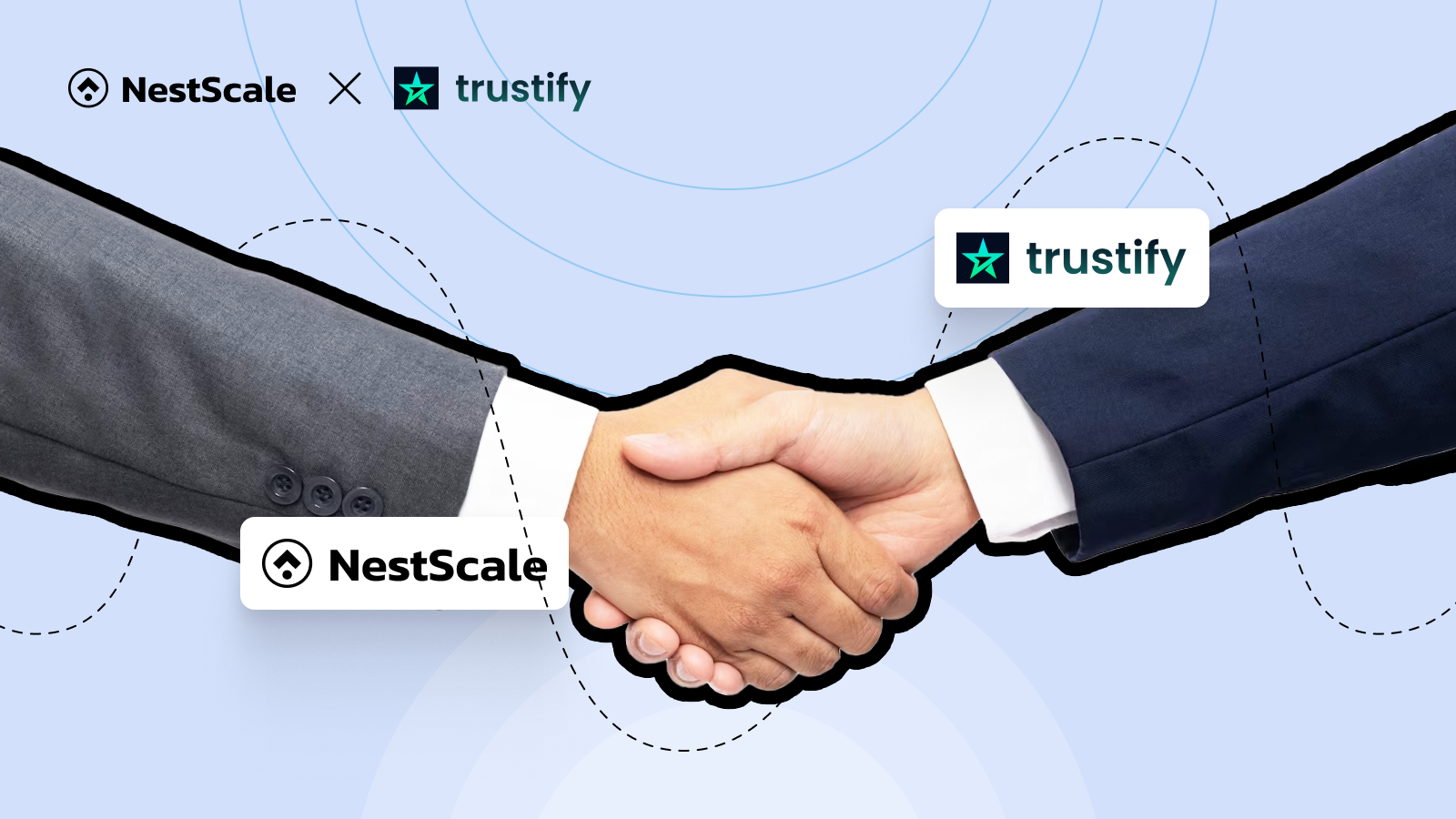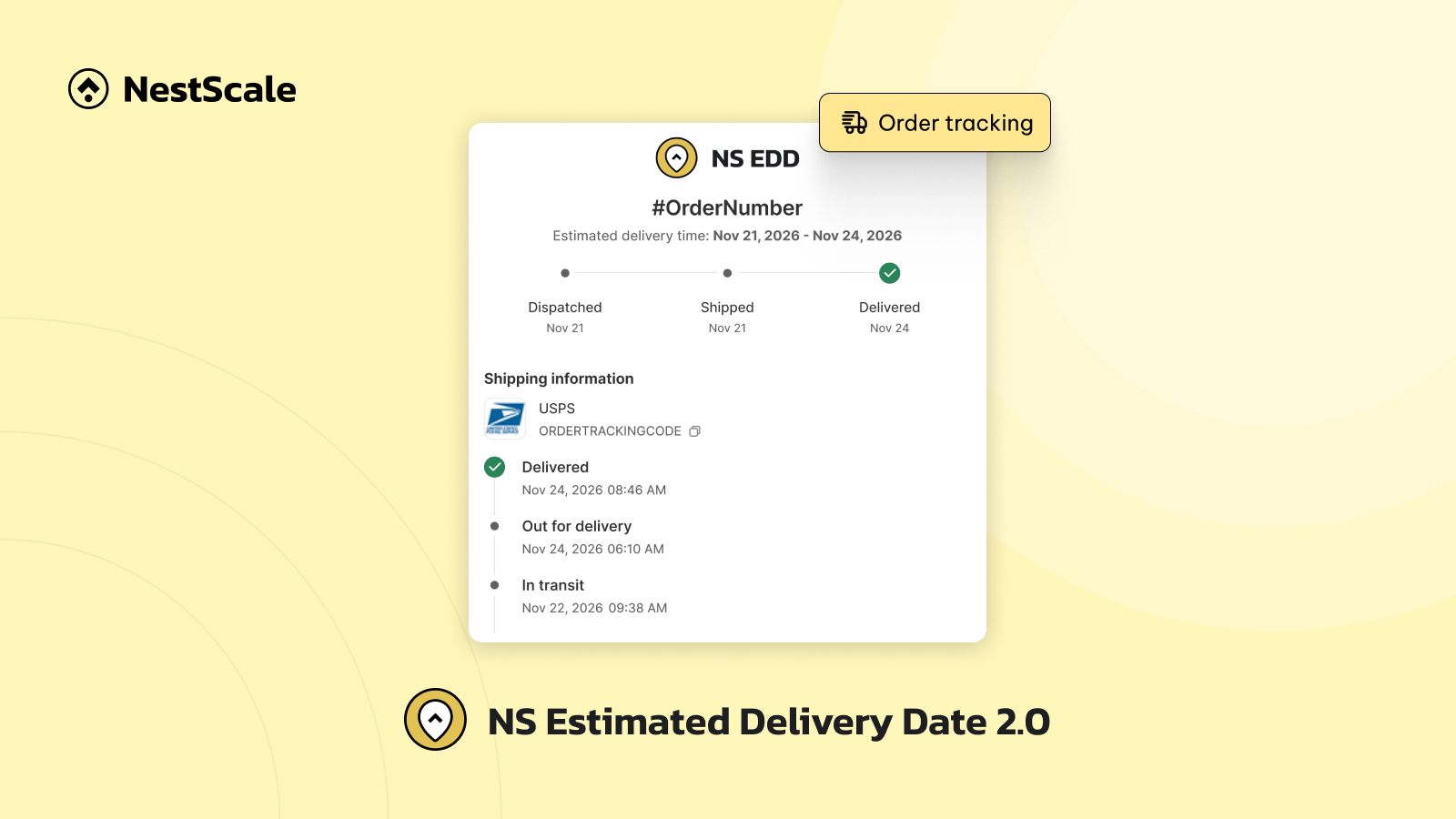The marketing landscape has transformed, with Google Ads playing a key role in driving this change. Consequently, Google Ads has emerged as the most powerful lead-generation tool for businesses of all sizes. “How to use effectively with this most effective tool?” is the question that every business is curious about. In this article, we’ll provide 8 Google Ads strategies for lead generation to optimize your marketing efforts and reach your goals.
Top 8 Google Ads strategies for lead generation
Lead generation involves capturing contact information and generating interest from potential customers for your company’s products or services. To boost lead generation from your ads and optimize your budget, let’s discover our top 8 secrets!
Maximize the power of keywords
Keywords are the foundation of successful Google Ads campaigns. They act as a bridge between your ads and potential customers. If you choose the wrong keywords, your ads won’t reach the right people, resulting in wasted ad spend and no conversions.
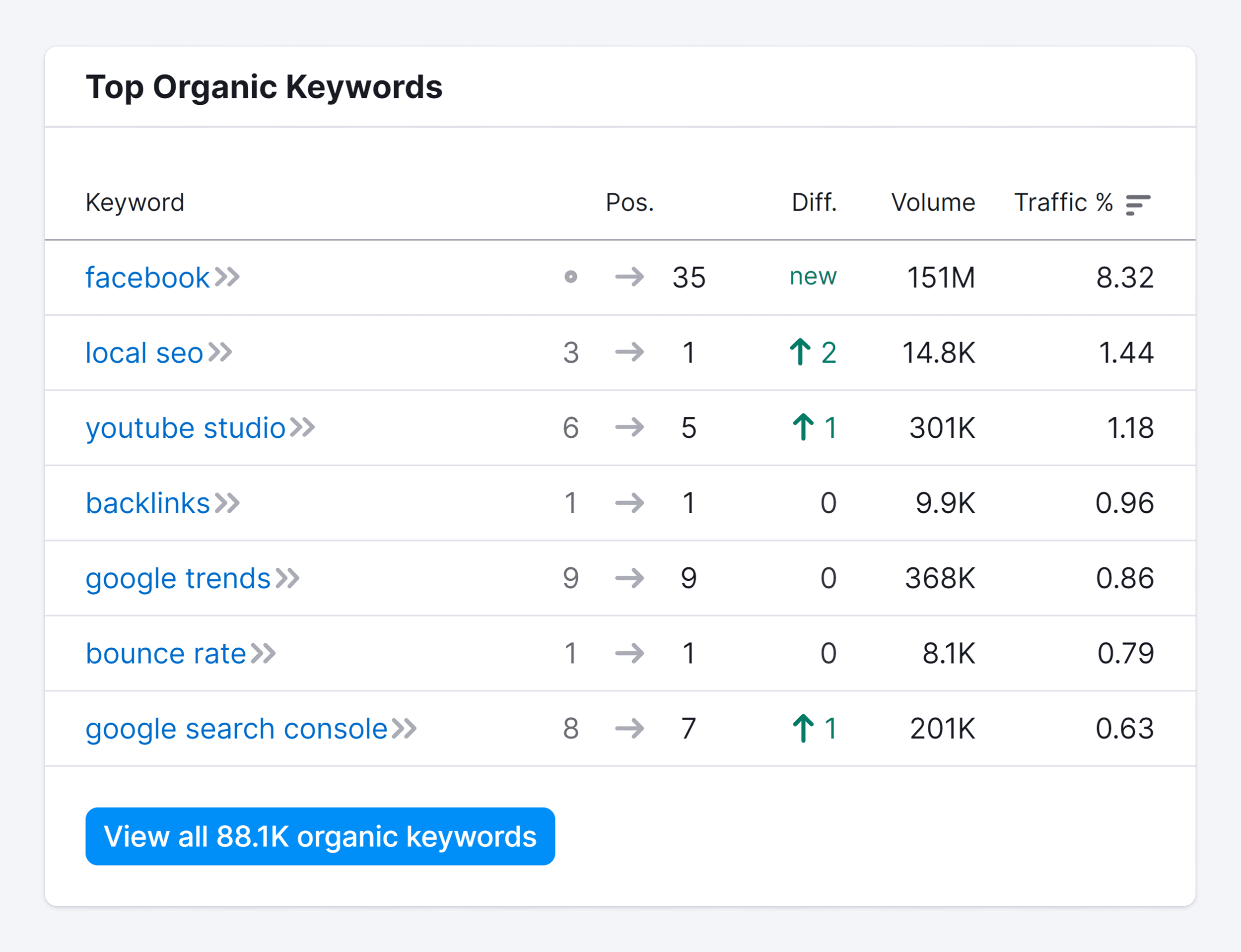
The key question is, how can you effectively employ the right keywords? Well, here are some recommendations for you:
Update your negative words list frequently
Maximizing your ROI by minimizing irrelevant search clicks will optimize your lead generation in Google Ads. Regularly review your Search Terms to identify and eliminate phrases that have activated your ads but you don’t want to display.
Pretend you are a mixed cookie brand from the US, for example. You want to target customers who prefer home-taste cookies and have low-to-medium income. Of course, you want to avoid some search terms such as “European taste”, “Asian taste” or “Premium cookies”. Identify irrelevant search phrases and add them to your Negative Keyword List to prevent future display of your ads for those searches.
Establish a routine of checking your Search Term report to optimize ad placement and ensure your ads are only appearing for the most pertinent search queries.
One keyword for one Ad Group
Not everything is “the more the merrier”. If your Ad Group has a wide range of keywords, it will confuse and may lead to the ineffectiveness of your ads, which can’t direct to the relevant customer as you expected.
So, the best for you is to organize each of your keyword phrases into distinct Ad Groups to craft more targeted and impactful ads right away.
Matching keywords
To generate leads with Google Ads, focus on keywords that reflect what people are looking for. This changes based on how you collect leads. Keyword Search Intent is a powerful metric that is used to reveal more context on the purpose or goal behind a user’s search query. Below are different types of Keyword Search Intent that you can use:
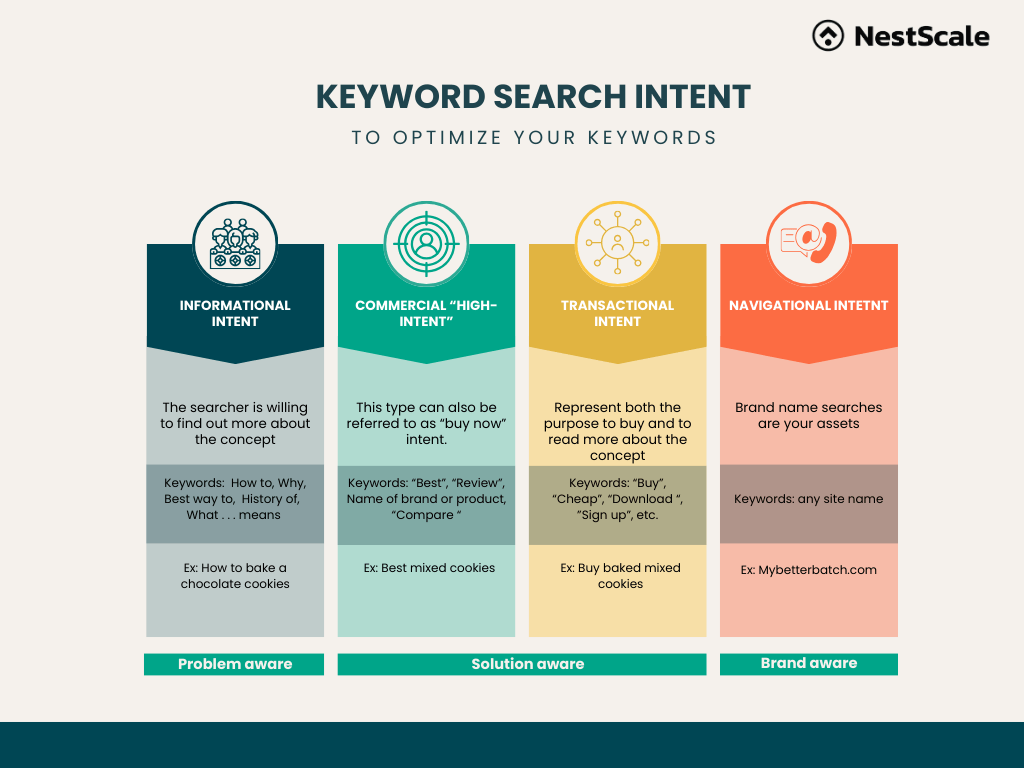
To choose the right keywords for your ads, you also need to do some research and analysis. Here is a step-by-step suggestion for you to follow:
- Uncover the most relevant and profitable keywords for your business by leveraging tools like Google Keyword Planner and Google Trends.
- Organize your keywords into tightly focused ad groups to enhance ad relevance and campaign effectiveness.
- Regularly review and refine your keyword list.
- Adjust your bids based on your budget, competitor activity, and campaign performance.
Take care of your landing page
Your ads will direct the customer to your landing page in the purchasing decision process. So, the landing page is the crucial touchpoint to engage with the customer.
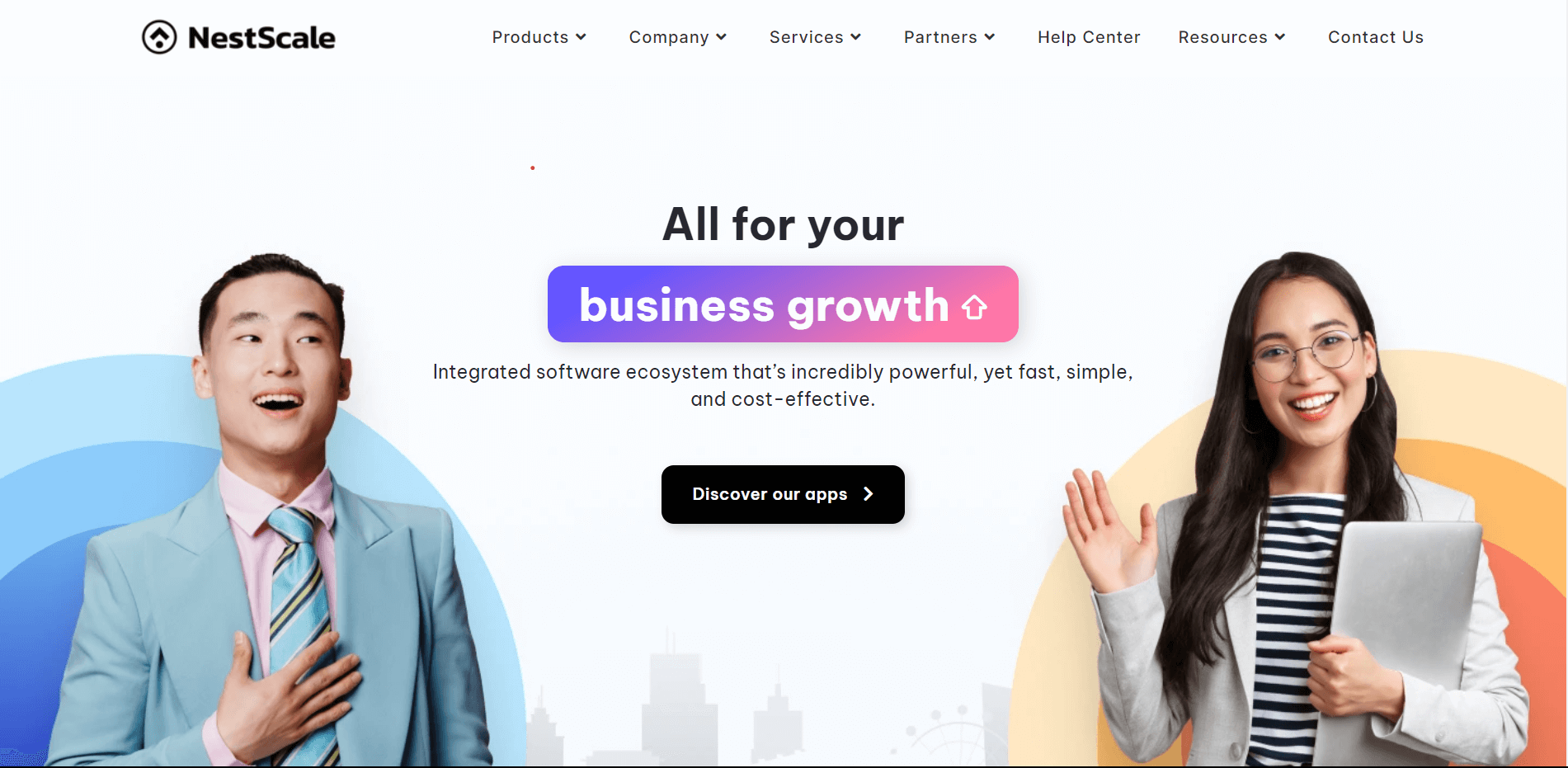
If your landing page process is too slow or it is so complicated to use, the customer will get annoyed and leave right away. So, you need to have a high-converting landing page that contains these elements:
- Align with your ad and keyword: Your landing page has to have or relate to the keywords that your ad mentioned. If not, the customer who clicked will fail their expectation and may never come back again.
- Clarity, simplicity, and usability: This will help the best for the customer experience which is really important for the newcomer. A good customer experience will increase their satisfaction which can boost your sales or even add one more loyal customer.
- Optimized for conversion: By using a clear and captivating headline, a prominent and persuasive CTA, and a concise and straightforward form, you can enhance your conversion.
Choose the right campaign
Google Ads provides a variety of campaign options, including search, display, video, and shopping. Each type offers unique benefits and drawbacks, making the most suitable choice dependent on your objectives, financial constraints, and target audiences.
Instead of chasing leads, you can start attracting them with the Google Ads Growth Formula’s 4-step, results-driven strategy which are: Set Objectives – Get Ready – Take Action – Evaluate and Expand. If you have done the two first steps which are the foundation for your campaign, below, we want to dive deep into the “Take Action” step and give you some suggestions for choosing the right Google Ads campaign:
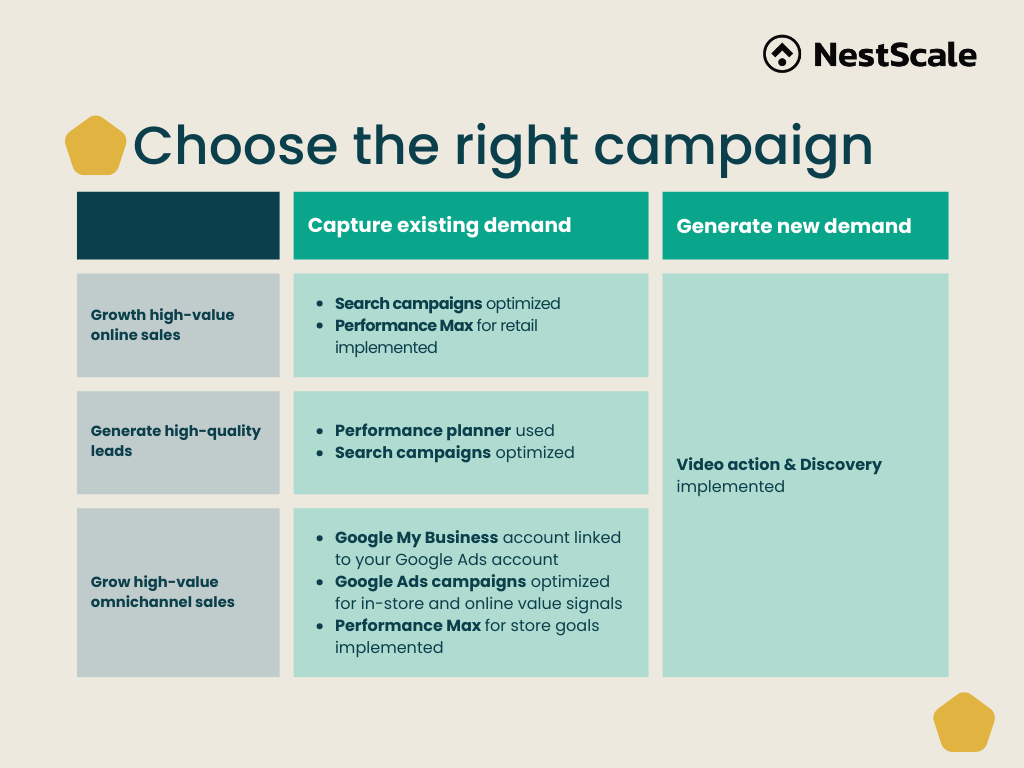
In addition, if you still cannot choose the right campaign, you can run a “mask” campaign, which means running different types of ads one by one and evaluating which campaign matches your original goal the most after running.
Click-driven with compelling ads
As potential customers browse through search results, the ads that capture their attention and compel them to click must be exceptionally engaging and resonate with their deepest needs and interests. The elements that attract their attention include the ad headline, description, URL, and additional information like phone number, location, or ratings. To create a compelling ads, you need to:
- Match your ad copy with your keywords and landing page
- Highlight your unique selling points, and call to action, to persuade the user to click on your ad and take the next step
- Use various kinds of ad formats: responsive, dynamic, or call-only ads, etc.
Apply the bidding strategy for your ads
Bids represent the budget you are prepared to allocate for each click on your advertisements. To maximize your Google Ads ROI in your traffic and lead gen efforts, prioritize cost-per-click bidding for both contextual and placement targeting. This ensures you only pay when desired actions occur.
However, you need to be flexible when using automated bidding and manual bidding. Although the Automated Bidding of Google will save you time, the manual one unlocks laser-focused targeting for leads that convert, not just clicks. In automated PPC, Google bids autonomously based on its assessment to maximize clicks and conversions within your budget allocation. Because you always know your customers better than the algorithm.
Monitor and evaluate your results
Leverage Google Analytics and Google Ads conversion tracking to gather and analyze valuable data on your ad traffic, clicks, conversions, costs, and ROI. Additionally, define and monitor key performance indicators (KPIs) like click-through rate (CTR), cost per click (CPC), cost per lead (CPL), conversion rate (CR), and lead quality score (LQS).
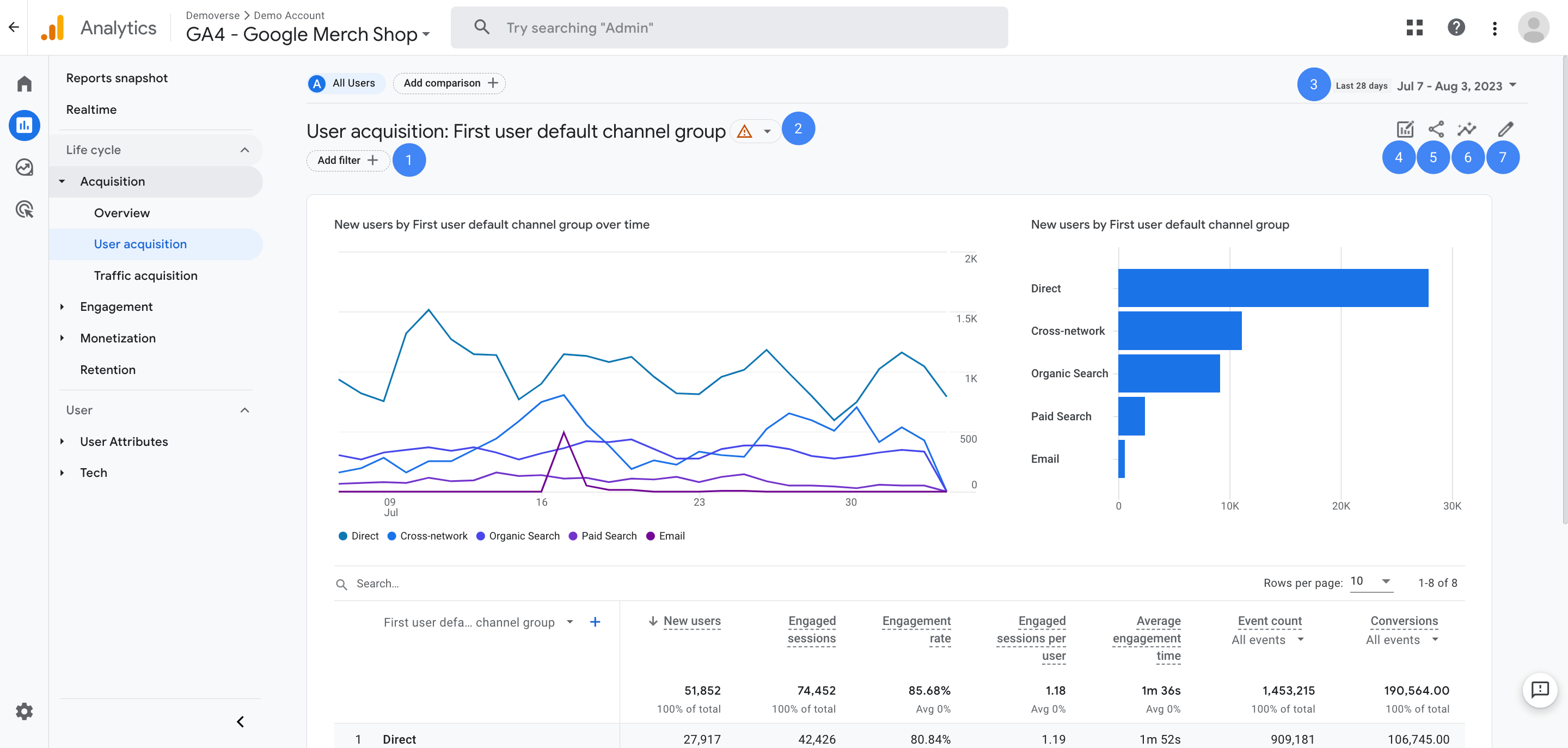
By thoroughly tracking and measuring your results, you’ll gain insights into what works effectively and what needs improvement. This data-driven approach will empower you to optimize your campaigns and generate a higher volume of qualified leads.
Start remarketing
Another powerful way for Google to lead the generation is Google Ads remarketing, also known as retargeting. This is a powerful advertising technique that allows you to show targeted ads to people who have previously interacted with your website or app. You can increase brand awareness, drive conversions, and boost ROI through remarketing.
Google Ads remarketing works by placing a small piece of code, called a remarketing tag, on your website or app. When someone visits your site or app, this code adds them to a remarketing list. You can then create remarketing ads that are targeted to people on this list.
There are two main types of Google Ads remarketing:
- Standard remarketing: This type of remarketing allows you to show ads to people who have visited your website or app in the past.
- Dynamic remarketing: This type of remarketing allows you to show ads to people who have viewed specific products or pages on your website.
Place the right position in the Display Network
Enhancing your search campaigns with display campaigns is a common and effective practice among advertisers. However, some advertisers may not be aware that Google does not always place their display graphics on relevant websites. In many cases, Google places these ads on random websites, YouTube channels, or apps that have no connection to the products or services being advertised. By managing your placements, you have the power to choose where your ad appears, rather than leaving it entirely up to Google. This ensures that your campaign reaches the most relevant users.
Through placement management, you can narrow down the audience you want to reach. This level of control allows you to maximize your ad spend, ensure brand consistency, and achieve better campaign results.
Beyond Google Ads, what are your options for data expansion?
To effectively optimize your campaigns, it is essential to leverage data from previous campaigns, both successful and unsuccessful, as a foundation for future optimizations. However, it is highly recommended to analyze this data not only within the Google Ads platform but also to track the behavior of these leads on your website, especially when Google has phased out third-party cookies already.
With this demise of third-party cookies, advertisers must now rely on first-party data to track user behavior. But, everything will have its solution and NestAds comes here to help you tackle it. NestAds’s pixel remains unaffected by that phasing out. It utilizes first-party data with user consent, enabling its UTMs to bypass privacy restrictions, including iOS 17’s Link Tracking Protection.
What’s the other reason that makes you hesitate to optimize your ads for generating leads? Let NestAds help you empower your Google Ads lead generation!




































